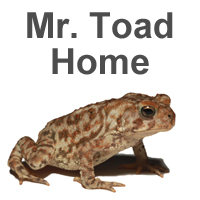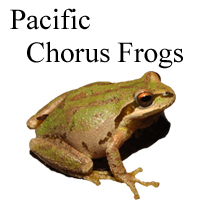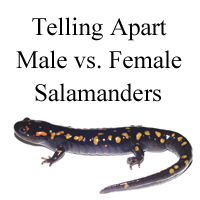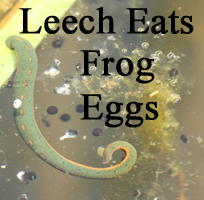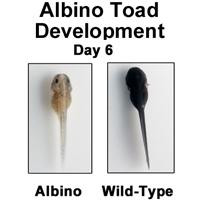|
As shown in this photo, toad tadpoles growing up in an environment with predators metamorphose at a smaller size than tadpoles in environments without predators. This is an example of the many ways that predators can affect prey without directly capturing and eating them.
One of the earliest experiments to show these nonlethal effects of predators was from a 1990 Ecology paper by Dave Skelly and Earl Werner. They identified the reason why toad tadpoles with predators metamorphosed smaller: to avoid being captured by the predators, the tadpoles did not move around as much to look for food. Thus, they ate less food and grew more slowly than tadpoles without predators.
Other examples of nonlethal predator effects include red tails in gray treefrog tadpoles and tail shape in pacific chorus frogs
|


